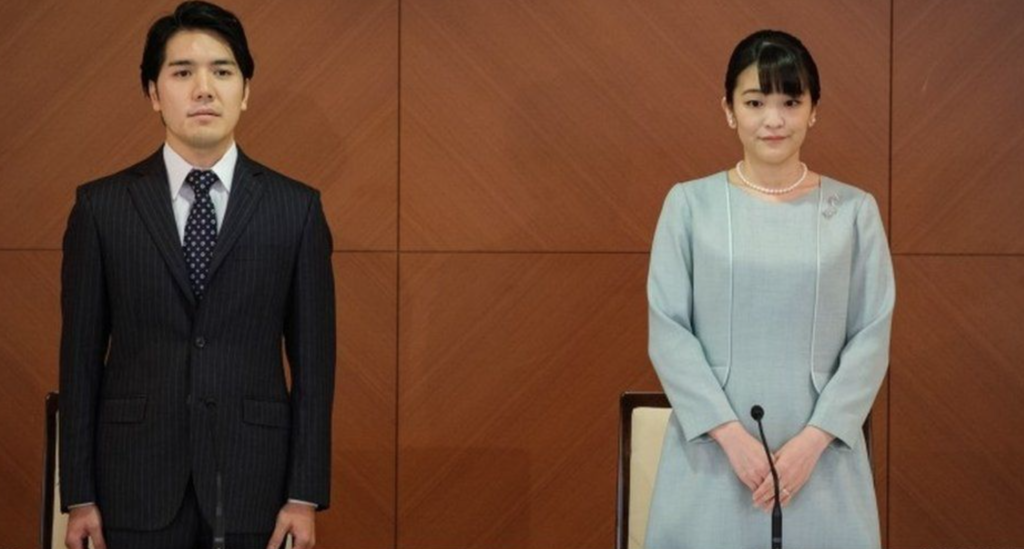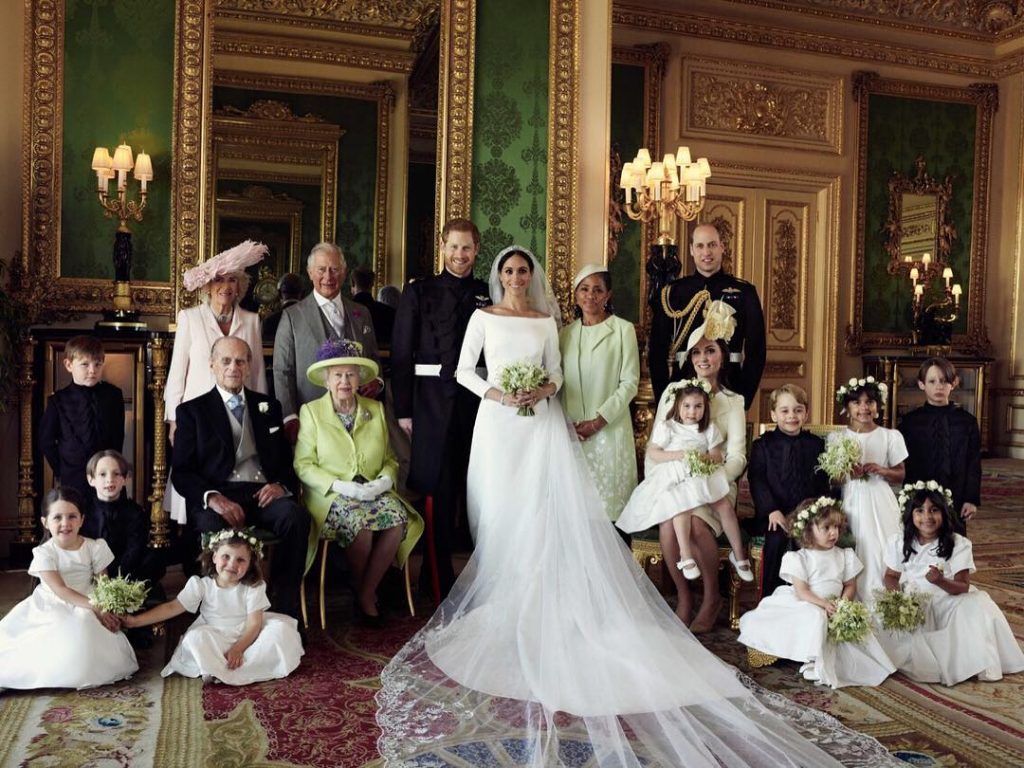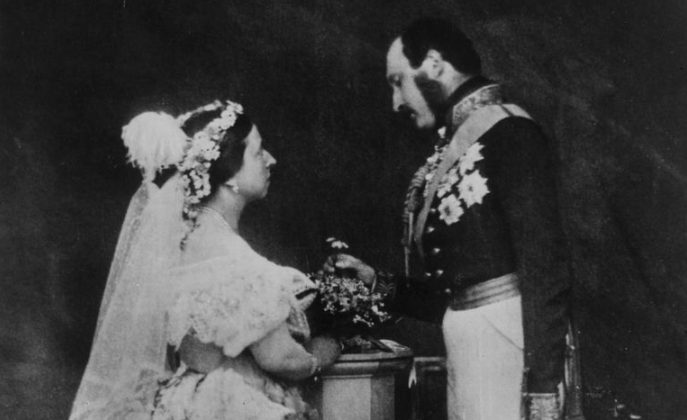If you thought planning your own wedding was tough, imagine throwing a royal one! The British royal family is all about tradition and their weddings are no different. From Queen Victoria to Harry and Meghan, these royal customs have stood the test of time.
Proposal approval:
Royals must be incredibly selective with who they choose to marry. The Royal Marriages Act of 1772 stipulated that all royal descendants had to seek blessing from the sovereign before proposing. The act was created to prevent unsuitable marriages that could diminish the status of the royal house. This drew much criticism over the years, and was repealed in 2011. The 2013 Succession to the Crown Act now orders that the first six people in the line of succession must receive permission from the sovereign to marry.
To take things even further, the 1701 Act of Settlement was passed to settle the succession to the English and Irish crowns on Protestants only. This Act also stipulated that no Roman Catholic, nor anyone married to a Roman Catholic, could hold the Crown. Essentially, royals could not marry anyone of the Roman Catholic faith if they wanted to keep their place in line for the throne. Luckily, this provision was changed in 2015.
https://www.instagram.com/p/BQKXffNh3Uv/?utm_source=ig_web_copy_link
Wedding rings of Welsh Gold:
Queen Elizabeth I, Queen Elizabeth II, Princess Margaret, Princess Anne, and Princess Diana’s wedding rings were all fashioned from the same nugget of Welsh gold which came from a Welsh mine, Clogau St David’s at Bontddu. This gold is more valuable than gold from Australia or South Africa.
While there is only a sliver of the original gold left over, the Queen owns a large nugget of 21 carat Welsh gold which is held by the Crown Jewellers to be used for the royal wedding rings of today. Sarah, Duchess of York, Duchess Kate, and Duchess Meghan Markle all sport wedding bands made from this nugget.
https://www.instagram.com/p/Bzf8otJFkam/?utm_source=ig_web_copy_link
A sprig of myrtle
From Her Majesty The Queen to The Duchess of Cambridge and The Duchess of Sussex, a sprig of myrtle has featured in multiple royal bouquets over the decades. Myrtle represents love, fertility and innocence, and first appeared in the bouquet of Queen Victoria back in 1840.
Following her wedding, Queen Victoria planted a myrtle shrub in her garden at the Osborne House on the Isle of Wight. Since then, every British royal bride has plucked a sprig from this very bush to place in her bridal bouquet.
https://www.instagram.com/p/BSyr29LBw9w/?utm_source=ig_web_copy_link
Laying the bouquet at the Tomb of the Unknown Warrior:
This tradition was started by Queen Elizabeth, the Queen Mother, almost a century ago. As she entered Westminster Abbey on the day of her wedding, the Queen Mother stopped to lay her floral bouquet at the Tomb of the Unknown Warrior in a gesture of remembrance for her late brother, who died at the Battle of Loos in 1915. She also did this to honour the millions of others killed and injured in World War I. She then continued to walk down the aisle sans bouquet.
Since this day, many other royal brides have followed in her footsteps. The only difference is that they lay their bouquets down after the ceremony, not before. Most recently, Duchess of Sussex Meghan laid her flowers on the tomb as she left the church.
https://www.instagram.com/p/BorO7D4HSN5/?utm_source=ig_web_copy_link
Orange blossom:
Queen Victoria was truly influential in shaping modern royal weddings. For her 1840 marriage to Price Albert she chose to wear a wreath of orange blossoms in lieu of a tiara. The orange blossoms were meant to symbolise chastity.
Many royal brides have since followed suit and incorporated the star-shaped orange blossom into their bridal attire, including Princess Victoria, Queen Elizabeth II and Princess Beatrice.
https://www.instagram.com/p/BGHdNj_pvSs/?utm_source=ig_web_copy_link
Official photographs:
Official portraits have been a long standing tradition for the British monarchy. Following the introduction of photography, King Edward VII and Queen Alexandra were the first to test out this new technology after their 1863 ceremony. Many royal couples would also share their wedding portraits as postcards for members of the public to purchase.
Since then, we have seen numerous official wedding portraits from famous British royalty such as Queen Elizabeth and Prince Philip, Prince Charles and Princess Diana, and the Duke and Duchess of Sussex.
https://www.instagram.com/p/Bio3WR_AlRP/?utm_source=ig_web_copy_link
The wedding and reception:
Royal weddings are often star-studded events. Fellow royals, foreign leaders, church officials, diplomats, and celebrities are often spotted at these occasions.
The Duke and Duchess of Sussex, however, went against tradition and did not invite any foreign leaders to remain neutral.
British royal weddings are typically held at noon, followed by a post-reception luncheon, which is essentially just a seated brunch hosted by the Queen. Both Prince William and Kate and Prince Harry and Meghan had two receptions: the luncheon and a private dinner/party.
https://www.instagram.com/p/Bi-EhaxgJ8E/?utm_source=ig_web_copy_link
Image: Instagram / Kensington Royal



